Making a timelapse movie used to be something that required a lot of effort. You not only had to shoot dozens, if not hundreds of images, of the same scene but then manually create your timelapse in bespoke software.
These days, though, many cameras feature a built-in intervalometer which enables you to create a compelling time-lapse movie in-camera with the touch of just a few buttons.
A dedicated time-lapse camera with a timelapse movie mode is the simplest way to create videos showing the passage of time, but which cameras have an intervalometer? In this guide we round up the best cameras for timelapse that can process your stills into a video in-camera.
What is an intervalometer?
An intervalometer is effectively a timer function built into some cameras. If your camera has an intervalometer you can program the camera to shoot a set number of images at a specific interval without you needing to be present and hold down the shutter button.
A built-in intervalometer will then shoot the number of images you’ve programmed and stop once it reaches that number. You can then download that set of images or sometimes generate a timelapse movie in-camera if your body offers this functionality.
What’s the difference between timelapse movie and interval shooting modes?
When setting up your camera to shoot a timelapse you might notice that it offers both an interval shooting mode and a timelapse movie mode. The difference between the timelapse movie mode and interval shooting modes is really down to control.
With interval shooting you can program your camera to begin shooting images at a certain time and continue at set intervals (eg one frame every minute or hour). You then set how many images you want it to take, and your camera will use this interval timer to shoot until it has reached that figure. All of the options on our list of the best cameras for timelapse will offer a built-in intervalometer, or interval shooting mode.
Many cameras will also save your sequence of images in its own folder on your memory card so that you can find them all easily. You can then upload these images to video editing software, or even Photoshop, and create an animated sequence that cycles through each frame at a pre-set duration per image, showing your timelapse sequence in all its glory.
If your camera has a timelapse movie mode, you will set up your camera’s interval shooting just as described above at pre-set intervals for a pre-defined duration. But the difference here is that, at the end of your sequence your camera will take your images and automatically generate a video in-camera, leaving you with a file that’s ready to share.
What are the best cameras for timelapse?
All of the options on our list of the best cameras for timelapse were chosen based on our experience testing them. For a deeper dive into the many different camera types and features available, check out our range of camera buying guides.
GoPro Hero9 Black

Specification
- Camera type : Action Camera
- Announced: 16th September 2020
- Max video resolution and frame rate: 5k 30p, 4K 60p, 2.7K 120p, 1440 120p, 1080 240p
- Video file formats: MP4 (H.264/AVC), MP4 (H.265/HEVC)
- Max photo resolution: 20mp
- Max bit rates: 100Mbps (2.7K, 4K, 5K)
- Screen: Rear: 2.27-inch touchscreen, Front: 1.4-inch colour screen
- Livestreaming: 1080p
- Voice control: 4 commands in 11 languages + 6 accents
- Battery: Removable, rechargeable 1720mAh lithium-ion
- Storage: MicroSD USH-I
- Connectivity: Wi-Fi, Bluetooth
- Stabilisation: Hypersmooth 3.0
- Waterproof: To 10m / 33 feet
- Dimensions (WxHxD): 71 x 55 x 33.6mm
- Weight: 124g
GoPro is the company that really brought timelapse photography to the masses. The small, portable body. The ease with which you can quickly set up and shoot both stills sequences and timelapse movies. There was nothing like it before.
The Hero9 Black carries on this tradition with enhanced options such as Night Lapse video and photo modes, its innovative TimeWarp speed ramping feature and Touch Zoom, which lets you use a slider to zoom in closer to the action and lock it in.
You can also now save your timelapse photos as raw files and program how long your shutter stays open for night shots.
£330
$349.98For
- No need for waterproof housing
- Dual Screen
- 8X Slow-motion
Against
- Mods are expensive
- Not great in low light
DJI Osmo Action

Specification
- Camera type: Action camera
- Sensor: 12Mp 1/2.3-inch CMOS
- Dimensions: 65 x 42 x 35mm
- Max video resolution: 4K (16:9) – 60, 50, 48, 30, 25, 24fps
- Weight: 124g
A QS (Quick Switch) button on the side of the Osmo Action enables you to flick between modes quickly. These include Video, HDR Video, Slow Motion, TimeLapse and HyperLapse.
Once into each of these modes you can swipe up from the bottom of the screen to access the settings and various options of each.
Switching from video to other modes on the DJI Osmo Action is incredibly easy using this QS button. Once you access the timelapse mode you then have a choice of shooting options to choose before you start filming.
£229
$234.00For
- Excellent video quality
- Robust build
- Excellent Rock Steady stabilisation
Against
- Battery life could be better
- No live-streaming capability
Canon EOS Rebel SL3 / 250D
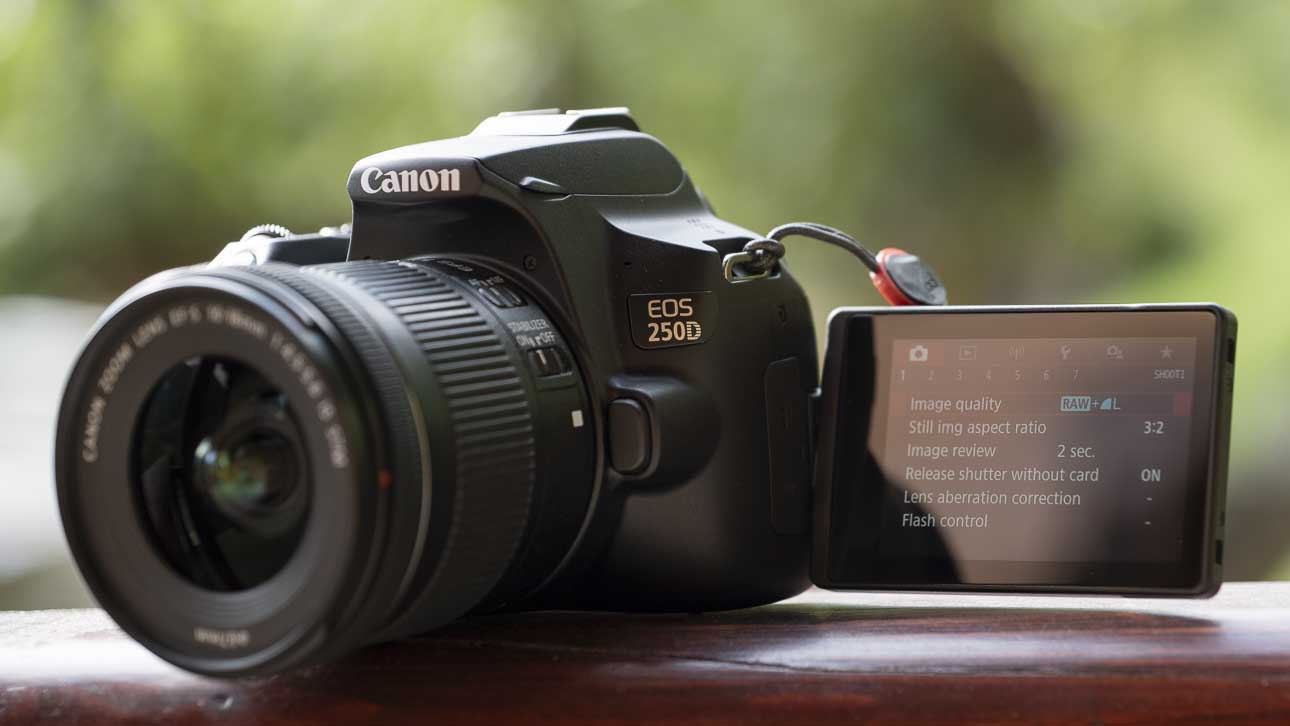
Specification
- Camera type: DSLR
- Announced: 10th April 2019
- Sensor: 24.1Mp APS-C CMOS
- Lens mount: Canon EF-S
- AF System: 9-point phase detection, Dual Pixel CMOS AF (via Live View or Video)
- Viewfinder: Pentamirror 95% coverage optical viewfinder
- Screen: 3-inch vari-angle touchscreen with 1,040,000 dots
- Max video resolution: 4K (3840 x 2160) at 23.98, 25fps
- Dimensions (W x H x D): 122.4 x 92.6 x 69.8mm
- Weight: Black/Silver 449g, White 451g
It may be a small, entry-level DSLR at the bottom of Canon’s range, the EOS 250D / Rebel SL3 is a fantastic little camera for budding timelapse photographers. With a bult-in intervalometer, the camera offers both interval shooting and timelapse movie modes.
Canon has paired the SL3’s sensor with its Digic 8 processing engine. As well as enabling 4K movies recording, this powers a maximum continuous shooting rate of 5fps (frame per second), 4K time-lapse mode and 4K image grab from movies.
In addition, the standard sensitivity range for stills is ISO 100-25,600, with an expansion setting of ISO 51200. With Full-HD movies, the native range is ISO 100-12, 800 (expandable to ISO 25600). In 4K movie mode, the maximum level is ISO 6,400.
The EOS 250D’s / SL3’s built-in intervalometer is one of the simplest to use on this list of timelapse cameras, and provides stunning results.
£530
$599.99For
- APS-C format sensor
- Phase detection autofocus system in video mode
- Vari-angle touchscreen
Against
- Switch between using the viewfinder and screen isn't seamless
- Viewfinder AF system has just 9 AF points
Canon EOS R6
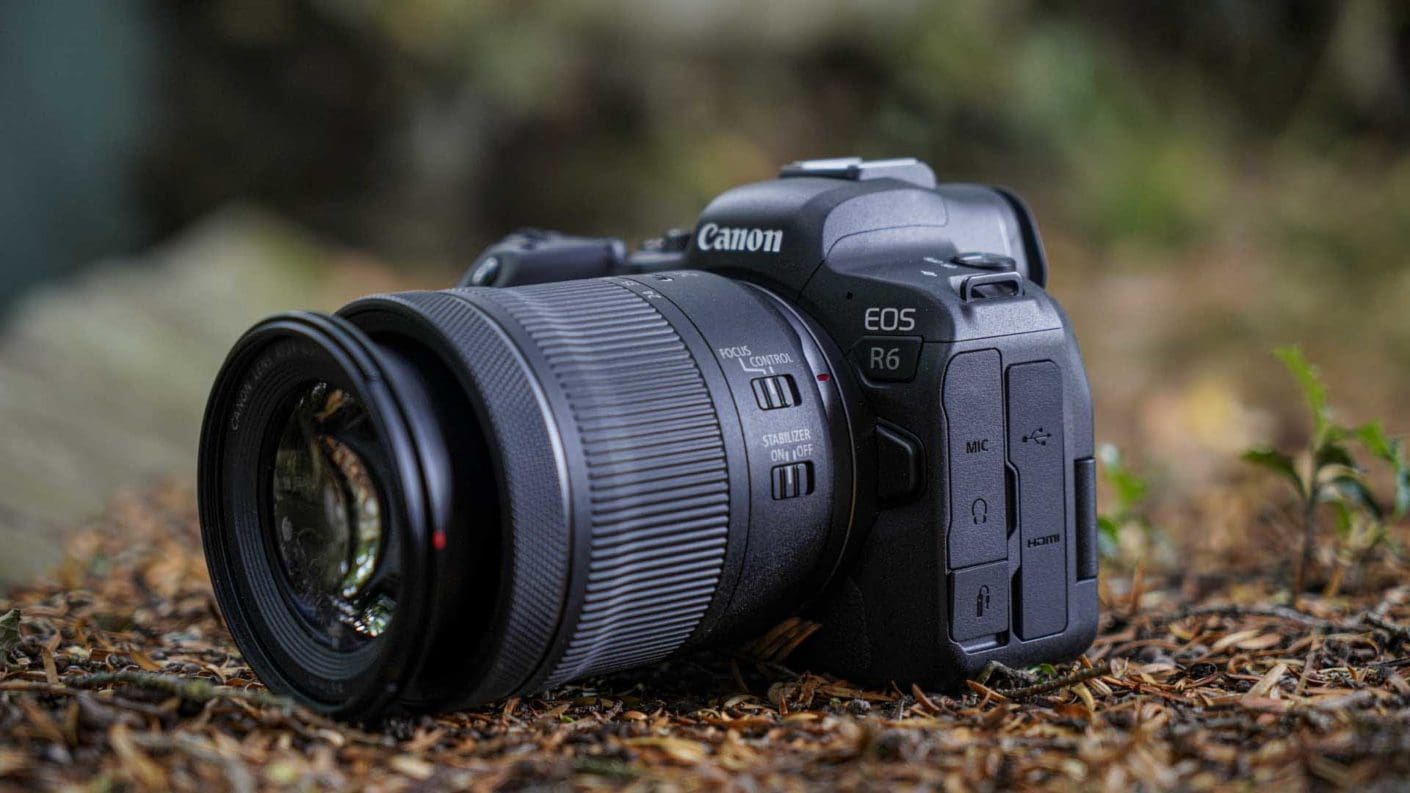
Specification
- Camera Type: Mirrorless
- Announced: 9th July 2020
- Sensor: 20Mp Full-frame Dual Pixel CMOS AF II
- Processor: Digic X
- Lens mount: RF
- Sensitivity range: Stills: ISO 100-102,400 expandable to ISO 50-204,800, Movies: ISO 100-6,400, expandable to ISO 204,800
- File formats: Raw + Jpeg/HEIF, MP4
- Maximum continuous shooting rate: Mechanical shutter: 12fps, Electronic shutter: 20fps
- Maximum video resolution: 4K video at up to 60fps, Full HD at up to 120fps. 4K video crop: 1.07x at 25p (1.19x with the Digital IS on), 1.52x at 60p
- Autofocus system: Dual Pixel CMOS AF II phase detection with 6,072 points in stills and 4968 points in movie mode
- Viewfinder: 0.5-inch 3.69million-dot OLED electronic viewfinder with 120fps refresh rate
- Screen: 3-inch 1.62-million dot vari-angle touchscreen
- Autofocus: Dual Pixel CMOS AF II with Advanced Animal AF (recognising dogs, cats and birds) supported in all video modes with 100% coverage and up to 1053 'AF segments'
- Stabilisation: In-body image stabilisation (IBIS) that works with lens IS and enables up to 8-stops of shutter speed compensation
- Storage: Dual slots, 2x SDXC UHS-II
- Dimensions: 138.4 x 97.5 x 88.4mm
- Weight: 598g / 680 g with card and battery
The Canon EOS R6, among the many things it can do, can record both 4K and Full HD time-lapse movies. The camera’s interval timer lets you shoot from as frequent as every two seconds to 99 hours 59 minutes and 59 seconds. And you can capture as many as 3600 frames or as few as two.
Like other cameras on our best cameras for time-lapse list, you can choose to render a time-lapse video from your images in-camera, or you can download them and apply your own post-production.
With its full-frame sensor and excellent low-light performance, the Canon EOS R6 is one of the best time-lapse cameras you can buy today.
£2500
€2899.99For
- Similar 20Mp full-frame sensor to the Canon EOS 1D X Mark III
- 12fps/20fps continuous shooting
- Superb autofocus system
Against
- Slight crop in 4K video mode
- 6Mp lower resolution than the Canon EOS 6D Mark II
- Serious heat generation issues with 4K video
Sony A7 III

Specification
- Announced: 26th February 2018
- Camera type: Full-frame mirrorless
- Sensor: 24.2Mp Full frame (35.6×23.8mm), Exmor R CMOS sensor
- Processor: Bionz X
- Lens mount: Sony E
- Sensitivity range: Stills: ISO 100-51,200, expandable to 50-204,800, Video: ISO 100-51,200, expandable to 100-102,400
- Maximum continuous shooting rate: 10fps with full AF and metering
- Maximum video resolution: 4K (3840 x 2160)
- Autofocus system: Hybrid with 693 phase detection points and 425 contrast detection points
- Viewfinder: 0.5-inch OLED with 2,359,296 dots
- Screen: 3-inch 921,600-dot tilting touchscreen
- Storage: Dual Slot, Slot 1: SD (UHS-I/II), Slot 2: Multi slot for Memory Stick Duo/SD (UHS-I)
- Dimensions (W x H x D): 126.9 x 95.6 x 73.7mm
- Weight: 650g

Hidden amongst the Sony A7 III’s many intelligent features is an interval shooting mode that lets you program the camera to shoot up to 9,999 frames at intervals from 1 sec all the way up to 99 minutes 59 secs.
You can also enable silent shooting within this mode, as well as AE Tracking Sensitivity, which sets the tracking sensitivity of auto exposure against any change in luminance during your interval. If you select Low, for instance, any changes in exposure during your interval shooting will be smoother.
Firmware version 3.0 in 2019 introduced this handy feature, and this has been added to subsequent Sony A7 series cameras.
£1699
$1999For
- Good-quality 24Mp full-frame sensor
- Excellent autofocus system
- Attractively priced in the full-frame market
Against
- Minimal use of the screen's touch-sensitivity
- Tilting rather than vari-angle screen
- Complex menu
Sony A6600
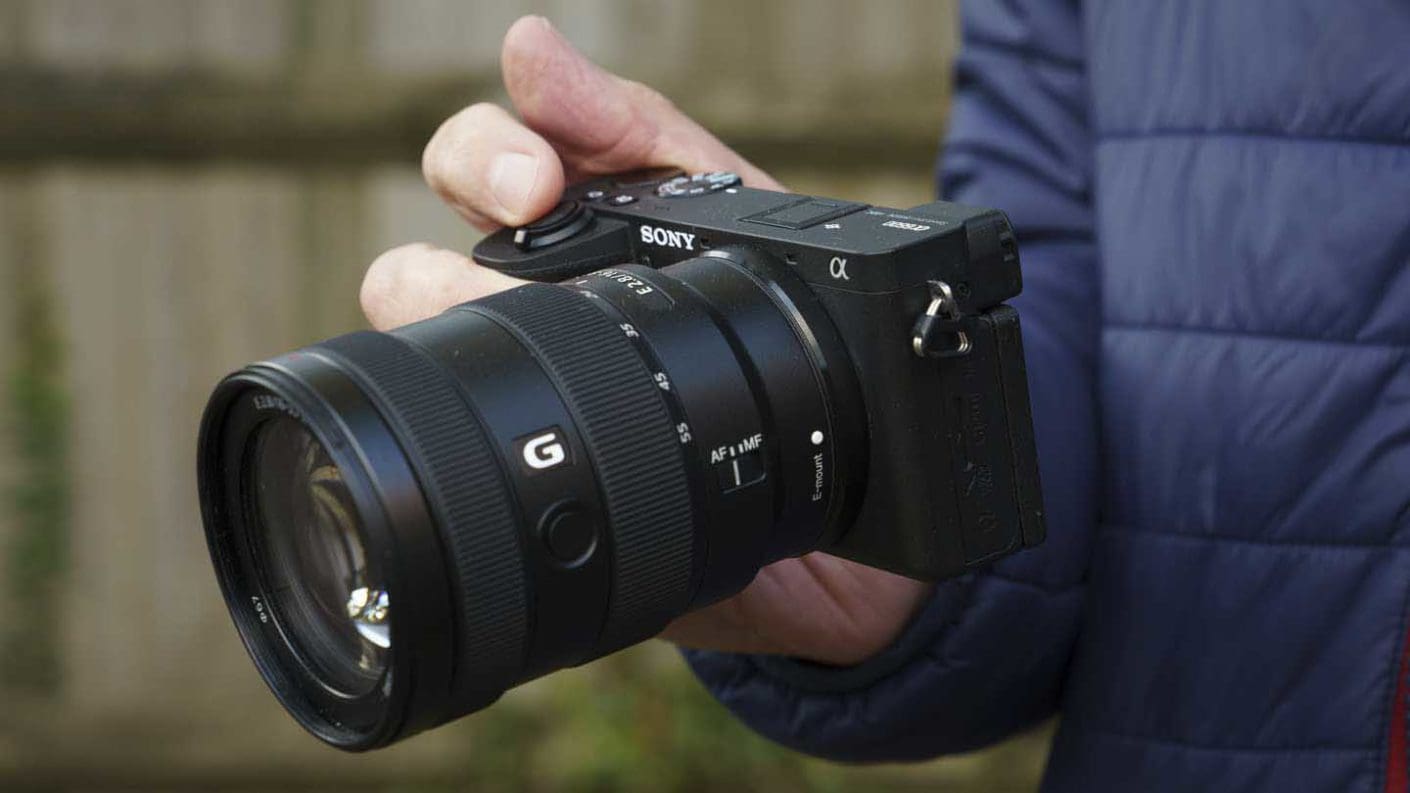
Specification
- Camera type: Mirrorless
- Announced: 28th August 2019
- Lens mount: Sony E
- Sensor: 24.2MP APS-C Exmor CMOS (23.5 x 15.6mm) sensor
- Video: 4K (3840 x 2160) 25/30p video capture with log profiles
- Continuous shooting rate: Hi+: 11fps, Hi: 8fps, Mid: 6fps, Lo: 3fps
- Burst depth: In Hi+ 46 raw files, 99 Extra Fine Jpegs or 44 raw and Jpeg files
- Stabilisation: 5-axis in-body image stabilisation
- Sensitivity: ISO 100-32000 (expandable to ISO 50 – 102400)
- Autofocus : Fast Hybrid AF (phase-detection and contrast-detection each with 425 points), Face Detection and Real-Time Eye AF
- Viewfinder: 0.39-inch 2,359,296-dot OLED electronic viewfinder
- Screen: 3-inch 921,600-dot tilting touchscreen
- Storage: SD/SDHC/SDXC UHS-I or Memory Stick PRO Duo, Memory Stick PRO-HG Duo, Memory Stick Micro (M2)
- Dimensions (W x H x D): 120.0 x 66.9 x 69.3mm / 4 3/4 x 2 3/4 x 2 3/4-inches
- Weight: 503g / 1lb 1.8oz with battery and memory card
Sony’s 24.2-megapixel APS-C A6600 also boasts a built-in intervalometer for interval shooting, just like the A7 III and other cameras in the full-frame A7 series.
The Sony A6600 has all of the same interval shooting options as the A7 III. However, it’s worth noting that the Sony options on this list of cameras for time-lapse will not create the video for you in-camera. You can playback the images in-camera, but to create the video you will need to use software.
This is preferable to some, who prefer the control over the editing process. But it is something to consider.
£1450
€1600For
- Very good image and video quality
- Fast, accurate AF system
- Excellent battery life (800+ shots)
Against
- Poorly positioned video record button
- Little use made of the touch control on the tilting rather than vari-angle screen
- Single SD card slot
Nikon D850
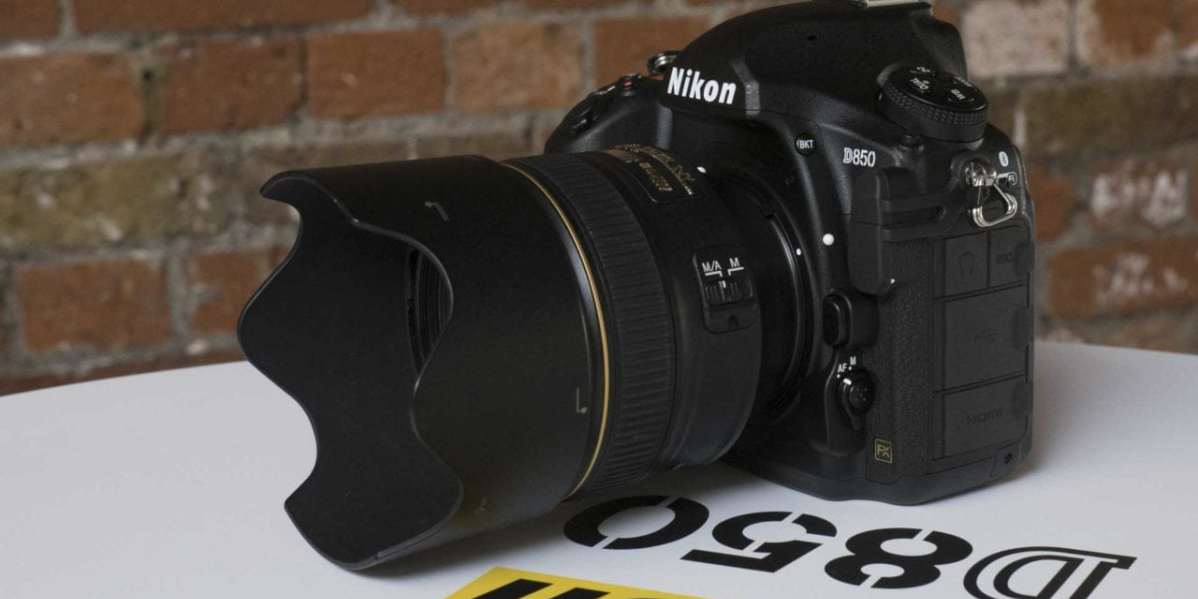
Specification
- Camera type: Full-frame (FX) DSLR
- Announced: 24th August 2017
- Lens mount: Nikon F
- Sensor: 45.7Mp full-frame (35.9 x 23.9mm) backside-illuminated CMOS
- Maximum continuous shooting rate: 7fps as standard, 9fps with the optional MB-D18 Multi-Power Battery Pack for up to 51 14-bit lossless compressed raw files or 170 12-bit lossless compressed raw files
- Autofocus system: Viewfinder: Multi-CAM 20K autofocus sensor 153 focus points (including 99 cross-type sensors and 15 sensors that support f/8), of which 55 (35 cross-type sensors and 9 f/8 sensors) are available for selection, Live view: Contrast detection
- Viewfinder: Optical pentaprism type
- Screen: Tilting, touch-sensitive 3.2-inch TFT LCD with 2,359,000 dots
- Dimensions: 146×124×78.5mm / 5.8×4.9×3.1inches
- Weight: 1,005g / 2lb 3.5oz with battery and XQD memory card but without body cap, 915g /2lb 0.3oz camera body only
One of the many great things about the Nikon D850 is how easy it is to capture a timelapse video. In fact, there are two ways in which you can capture a timelapse with the Nikon D850: via its Interval Shooting mode or its Timelapse Movie mode.
While Timelapse Movie mode adds convenience by generating that moving image sequence for you, with Interval Timer you have the flexibility to edit images, individually or batch processed, and remove frames from the sequence.
You also are getting images at their full resolution, which you can resize or crop into.
Like the Nikon D850 Focus Shift mode, you also have an Exposure Smoothing option you can enable, which smooths the transition between frames. Though in the extreme light changes we faced, it’s sometimes inevitable.
Finally you can enable the D850’s Interval Priority, which gives priority to maintaining your interval between shots. Leaving it disabled prioritises your exposure.
£3500
$3296.95Olympus OM-D E-M10 Mark IV

Specification
- Camera type: Micro Four Thirds mirrorless
- Announced: 4th August 2020
- Sensor: Four Thirds Type 20.3Mp Live MOS
- Processing engines: TruePic VIII
- Sensitivity range: ISO 80-25,600
- Viewfinder: 2,360,000-dot electronic with 1.23x magnification and 19.2mm eye point
- Stabilisation: 5-axis with up to 4.5EV shutter speed compensation
- Screen: 3-inch 1,037,000-dot tilting touchscreen
- Focus modes: Manual focus, Single AF, Continuous AF, Single AF + MF, AF Tracking, Super Spot AF, Face Detection AF
- Exposure modes: Programme, Aperture priority, Shutter priority, Manual, Bulb, Time, i-Auto, Scene Modes, Art Filter, Movie, Live Time, Live Composite, Advanced Photo Modes (Live Composite, Live Bulb, Multiple Exposure, HDR Backlight, Silent, Panorama, Keystone Compensation, AE bracketing, AF bracketing)
- Autofocus system: Contrast detection with up to 121 points
- Autofocus point selection modes: All target, Group target (9-areas), Single target
- Exposure metering: 324 zones Multi-pattern Sensing System with ESP, Spot, Centre weighted, Highlight and Shadow mode
- Art filers: Pop Art, Soft Focus, Pale & Light Colour, Light Tone, Grainy Film, Pin Hole, Diorama, Cross Process, Gentle Sepia, Dramatic Tone, Key Line, Water colour, Vintage, Partial Colour, Bleach Bypass, Instant Film
- Shutter speed: 1/16,000-60sec, Bulb to 30mins
- Maximum continuous shooting rate: High: 15 fps Low: 6.3 fps, Max. number of frames: High 42 raw files or 49 (LF) JPGs, Low: 945 raw files or until the card is full with (LF) JPGs
- Video resolution: 4K (3840 x 2160) / 30p, 25p, 24p / IPB (approx. 102 Mbps) Full HD (1920 x 1080) / 30p, 25p, 24p (MOV) Full HD (1920 x 1080) / 60p, 50p / IPB (F,N) / (MOV) HD (1280 x 720) / 60p, 50p, 30p, 25p, 24p (MOV)
- Time lapse: 4k, 1080p, 720p
- Flash: Built-in GN 7.2 (ISO200), hotshoe for external flash
- Connectivity: Wi-Fi, Bluetooth
- Multiple exposure: 2 frames with or without autogain
- Storage: SDHC/SDXC UHS-II
- Dimensions (WxHxD): 121.7x84.4x49mm
- Weight: 383g including battery and SD card
The Olympus OM-D E-M10 Mark IV lets you shoot timelapse videos at 4K, 1080p and 720p via its built-in intervalometer. In fact, most Olympus cameras offer this option for interval shooting and timelapse movies, but we’ve included the E-M10 Mark IV because it’s one of the cheapest options on this list of the best cameras for timelapse (along with the Canon EOS 250D / Rebel SL3).
You can find the Interval.SH/Timelapse setting on the first page of the camera’s menu, where you can select to shoot up to 999 frames and then set your interval.
Here you can also select to generate a timelapse movie of your sequence, set your desired resolution and away you go.
£699
$649For
- Very compact, yet versatile camera
- Tilting screen can face forwards for selfies and vlogging
- Live Composite and Live Bulb mode make long exposure photography easy
Against
- Sub-APS-C format sensor
- No weatherproofing
Panasonic Lumix S5
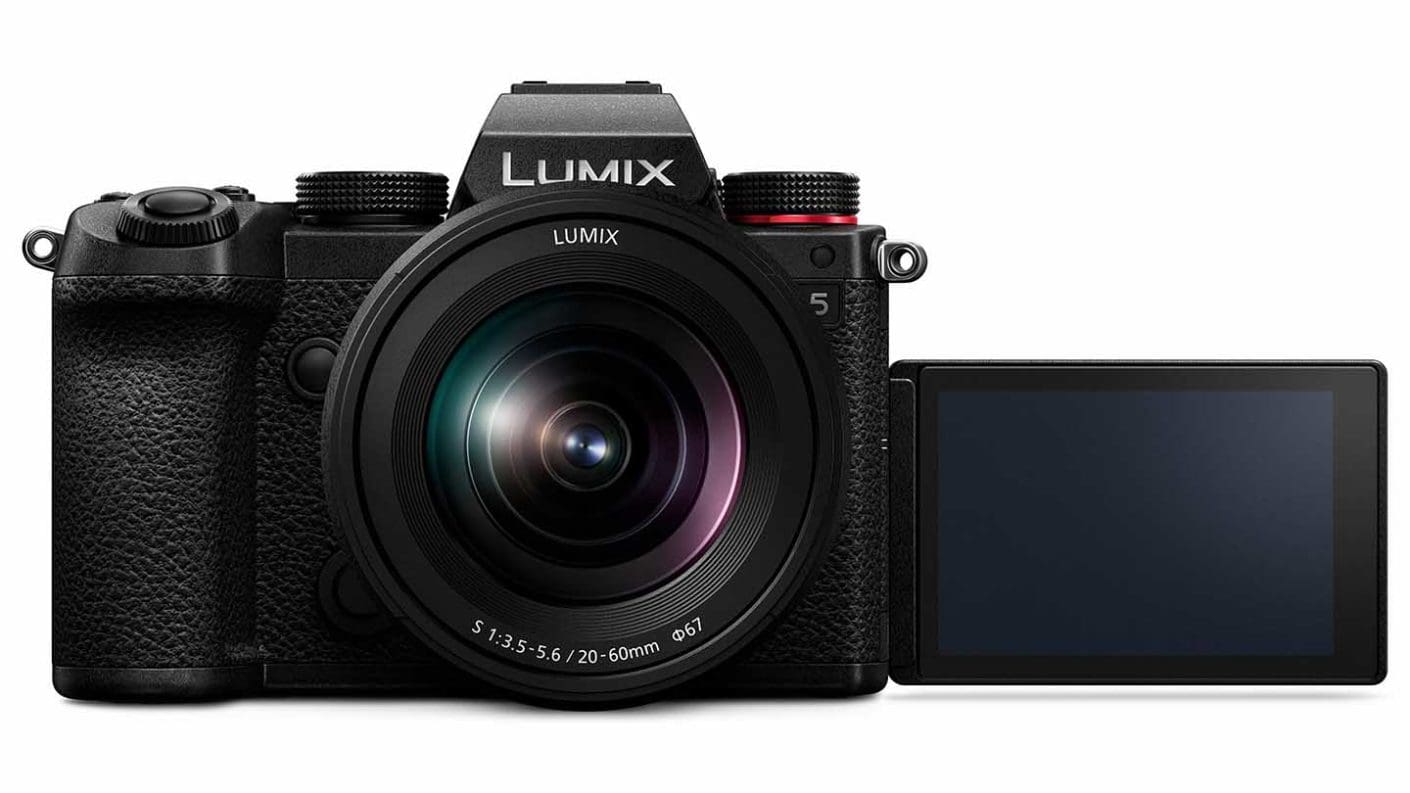
Specification
- Camera type: Mirrorless
- Announced: 2nd September 2020
- Sensor: 24.2Mp full-frame (35.6 x 23.8mm) CMOS sensor
- Lens mount: L
- Construction: Magnesium alloy with dust and splash resistant seals
- Stabilisation: 5 axis in-body IS to 5EV, 6.5 with Dual IS
- Screen: 3-inch 1,840,000-dot vari-angle touchscreen
- Viewfinder: 2,360,000-dot OLED electronic viewfinder with 0.74x magnification
- Key video specifications: 4K (3840x2160) 4:2:2 10-bit LongGOP H.264 29.97/23.98p/25p and 150Mbps for up to 30mins, 4K (3840x2160) 4:2:0 8-bit LongGOP H.264 29.97/23.98p/25p and 100Mbps unlimited, Full HD (1920x1080) 4:2:2 10-bit LongGOP H.264 59.94/29.97/23.98p/50/25p and 100Mbps unlimited
- Slow & Quick motion: Slow: 4K up to 60p in MP4, FHD up to 120p at full width or 180p with narrower angle of view, Quick: 4K to 1p
- Sensitivity: Dual native ISO 100, 6400, Range: ISO100-51,200, expandable to ISO 50-204,800. Dual-native ISO for video
- Shutter speed: 60-1/16,000sec, Bulb to 30mins
- Maximum continuous shooting rate: AF-S or manual focus: 7fps, AF-C: 5fps, 6K Photo 30fps, 4K Photo: 60fps
- Memory: Dual SD card slots, 1 UHS-II, 1 UHS-I
- Weight: 714g with memory card and battery
- Dimensions (WxHxD): 132.6x97.1x81.9mm
Among its many capabilities, the full-frame Panasonic Lumix S5 boasts a dedicated time-lapse mode on its mode dial, which makes it one of the simplest cameras to use on our list of the best cameras for time-lapse.
Once you set the camera to its time-lapse mode, you can then set the interval timer via the menu. This ranges from 1 sec to 99 minutes 59 seconds, and you can shoot up to 9,999 images.
An exposure levelling feature will adjust your shutter speed and ISO when shooting during changing light, such as at dusk and dawn.
You can render your images as a movie, and other options include stop motion.
£1799
$1998For
- Smaller than the MFT Lumix GH5
- Viewfinder and vari-angle touchscreen
- V-log pre-installed
Against
- Contrast-detection AF doesn't match the phase-detection competition
- On-screen icons are quite small


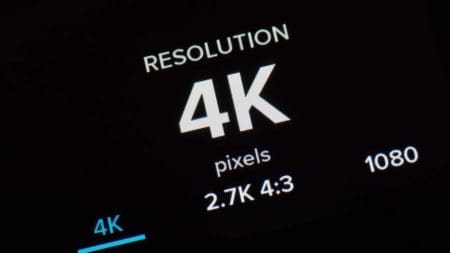

Hi,
You are saying that “Certain Fujifilm X series cameras like the X-T4 feature a built-in intervalometer for interval shooting, as well as timelapse movie mode. You can also select Still + Time-Lapse Movie mode, which will save all of your images separately as well as generate a movie.
The X-T4 can record timelapse movies in 4K and Full HD. ”
But I didn’t find such kind of feature in my XT4.
Is it any software up-gradation related issues or anything else I need to add in my camera?
Please let me know.
it is very important for me.
thank you.